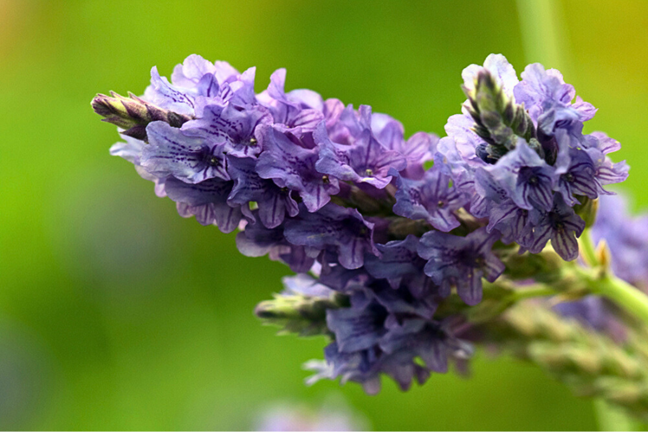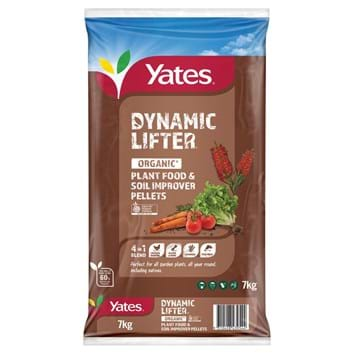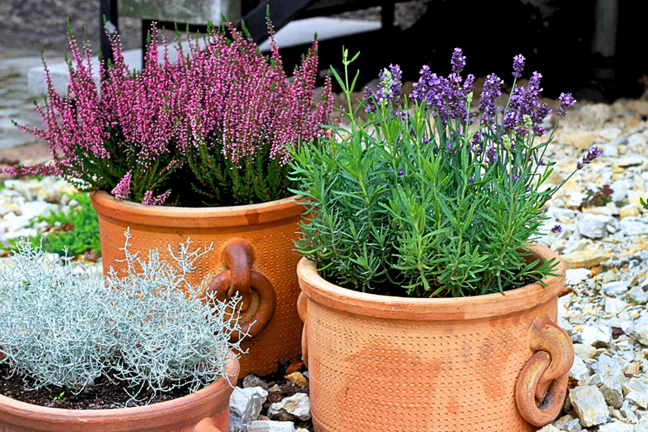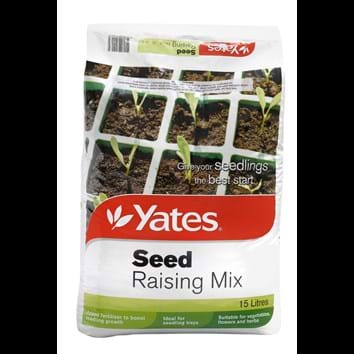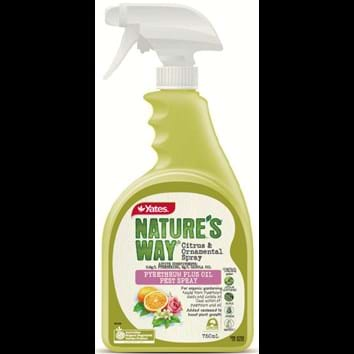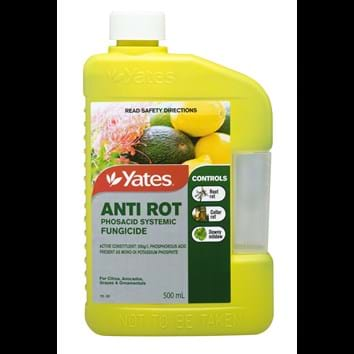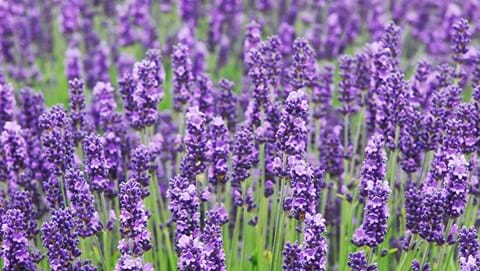
Lavandula spp.
How to Grow Lavender
Lavender is a much-loved evergreen perennial shrub and is one of the most popular plants for gardens and pots. Many varieties have heavenly scented flowers or highly aromatic silvery-green leaves, and suits different garden styles including cottage and formal gardens. Once established, Lavender is fairly low maintenance and drought tolerant, although will perform better with regular care. There are various types of Lavender and multiple varieties. Flower colours range from traditional purple to white, mauve and pretty shades of pink, with varying levels of fragrance. Flowers and plants also come in different shapes and sizes, so there’s a Lavender to suit almost every garden and space. And they’re wonderful for attracting bees and other pollinating insects too. Here’s how to grow Lavender.
Full Sun
Keep Moist Until Established
Well-Drained & Neutral to Alkaline (7-8) Soil
Suitable for Cool to Warm-Temperate Climates





